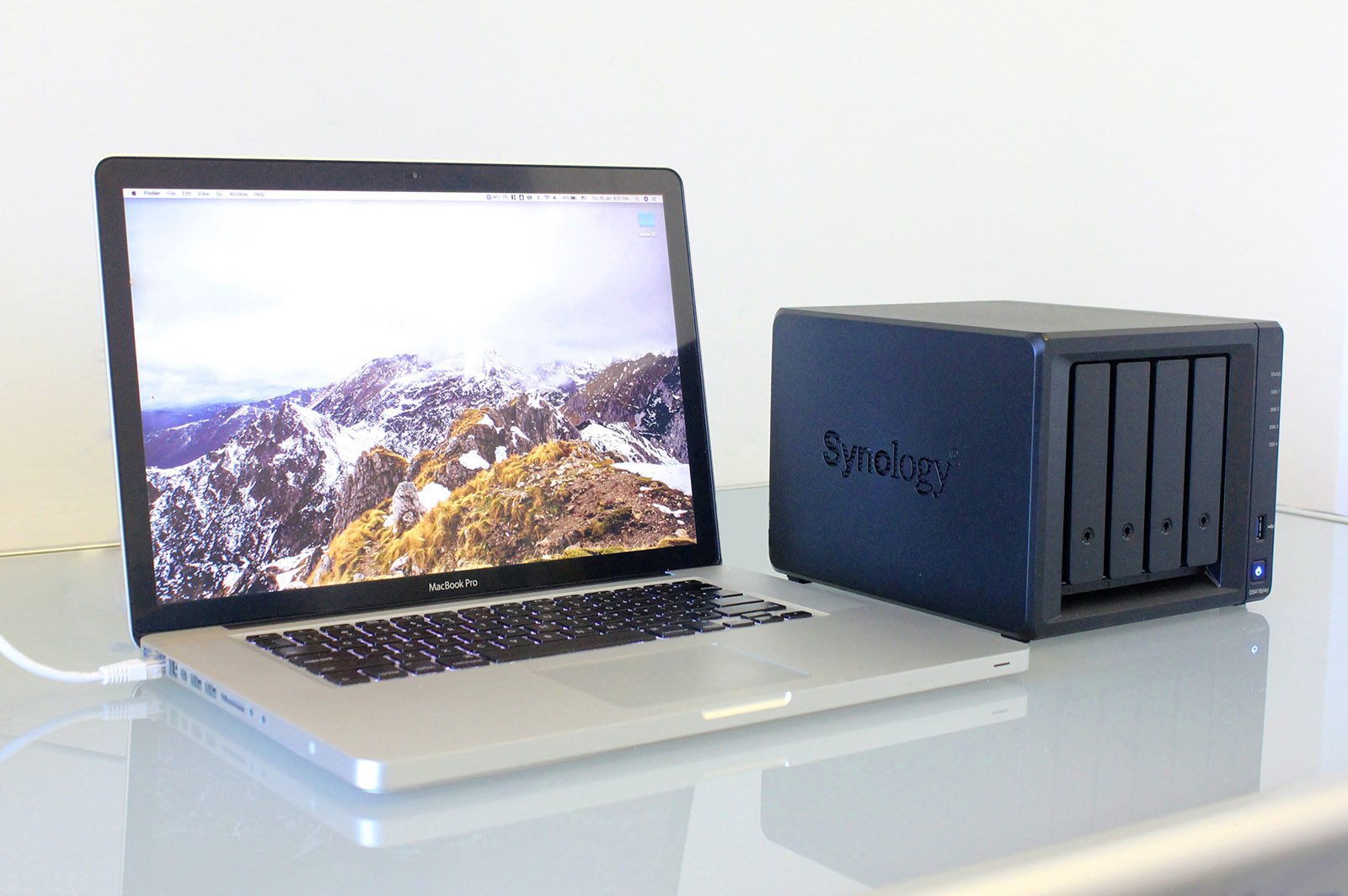What is RAID?
RAID — which stands for “redundant array of independent disks” or “redundant array of inexpensive devices” — is a way to provide storage across multiple drives that act as a single volume (or drive). Depending on which level or type of RAID you choose, data can be duplicated or mirrored, offering data redundancy and protection.
Perhaps you’ve heard of RAID systems, but aren’t sure what they are or why they can be a benefit. So what is a RAID?
What can a RAID do for me?
Clear as mud, right? I’m no techno but I do have a RAID. So let me attempt to break it down for you.
A RAID is a great way to ensure that my files are safely backed up plus it gives me a large storage capacity. RAIDs offer more storage capacity than single hard drives by combining multiple disks into a single volume. Depending on the RAID type, it also gives you backup.
Simply put, it makes my life easier. Sure there is cloud storage, but I’m happy to just have all my files kept locally. I rarely work away from home and if I do, I don’t need access to my RAID anyway.
Why should I consider RAID?
If you find you’re running out of room on your computer, running a RAID can create LOTS more storage. Running backups on a RAID offers security for loss or damage of photos, data and such. But be careful which type you get, as there are different types.
Photo by Alex Cheung on Unsplash
How does a personal RAID compare to Cloud?
A personal RAID offers large local storage to hold all your precious photos and data. Many cloud services themselves are using RAID systems but on a much larger scale. They offer protection from file loss, damage and corruption. So in some regards, it is similar to accessing cloud storage, but a lot faster and at a much lower cost.
The downside to a personal RAID, as opposed to cloud storage, is remote access. You can access your personal storage remotely, but it requires more gear and set up to run a Remote NAS (Network Access System), like those offered by Synology. I rarely access my data when I’m not at home, so I don’t see it as a downside.
If you wish to access from anywhere at any time, you might consider cloud storage, whether that be Dropbox, Google Drive, OneDrive, Amazon Photos or dozens of others. They usually have data limits and costs associated with them.
Who can benefit from a RAID system?
Anyone can benefit from extra storage. Photographers, in particular, often find storage, backup and general asset management a little tougher to deal with, as modern cameras produce large files. Anyone who is looking for backup, security and peace of mind, really could benefit from running a RAID, whether local or cloud-based.
If you need to backup and keep files protected from loss or damage, such as client photos or similar, it could also be a benefit.
When do I get one?
That’s a good question! The sooner the better. Sadly many people only consider it AFTER a major computer meltdown and the loss of files and it is costly to retrieve them. So in hindsight, BEFORE that happens is a great idea.
Photo by Elisa Ventur on Unsplash
What do I get?
There are different types of RAIDs. Each level provides a different balance among the key benefits: Reliability, availability, performance and capacity. Below are the most common RAID types:
RAID 0 is only for speed and storage but offers no protection for data. When a RAID 0 drive fails, all of the data is lost.
RAID 1 provides a copy of data on two or more disks. While this offers some protection, it’s the bare minimum.
RAID 5 is what you’ll hear mentioned a lot, as it’s the most secure. It requires at least three disks, and provides parity. If one drive fails, no data is lost because of this parity. The downside with RAID 5 is it can provide slower read/write speeds.
RAID levels greater than RAID 0 protect against unrecoverable sector read errors, as well as against failures of whole physical drives. I have a RAID 5 and it saved my bacon last year when I lost two drives, but no data. You can read more about different types here.
Personally, if you aren’t into computers and tech stuff, I’d go to a trusted professional to build and set up your RAID if you chose a personal system. It might cost a little more, but it is worth it in the long run.





